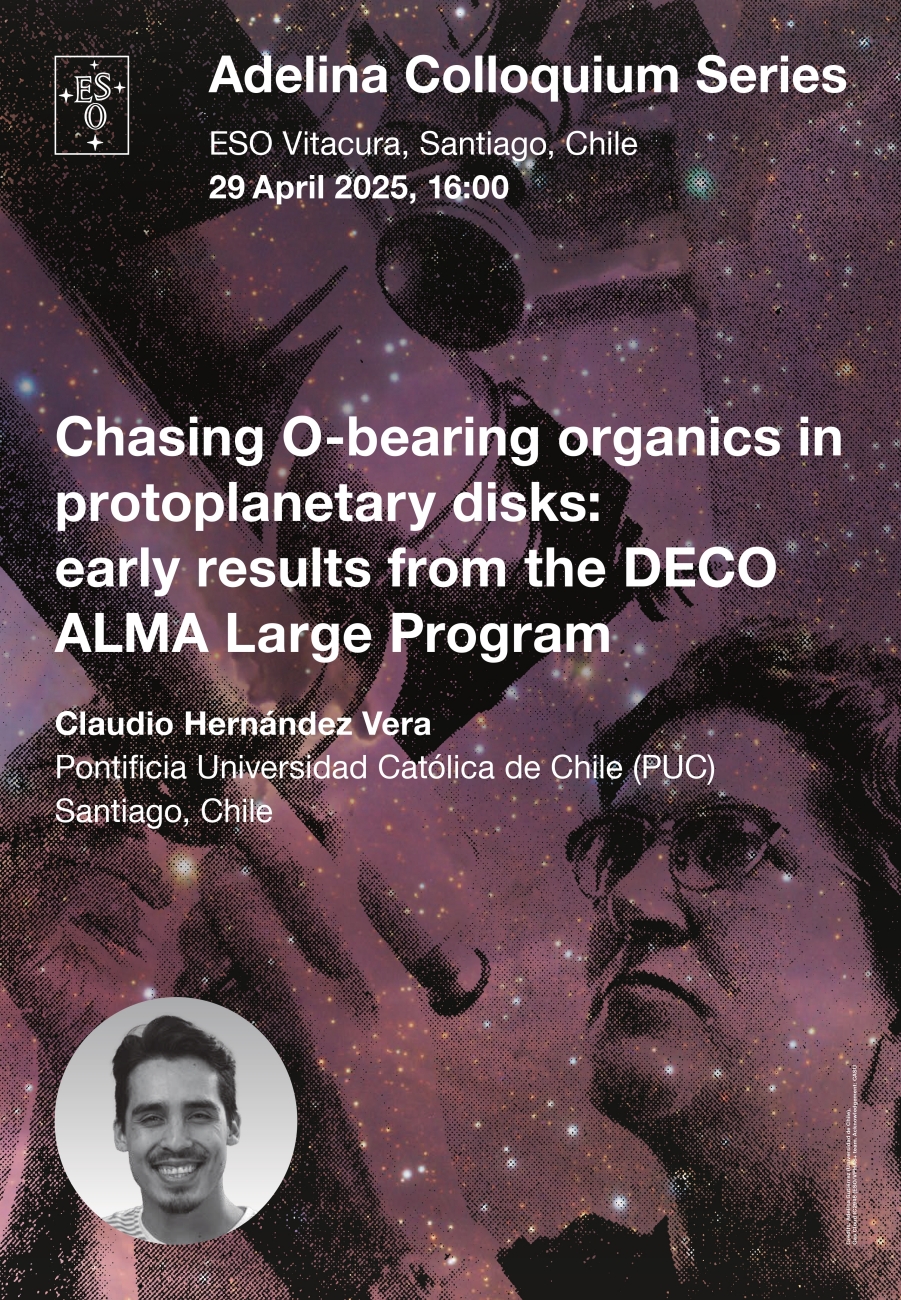Chasing O-bearing Organics in protoplanetary disks: Early results from DECO ALMA Large Program
The chemistry within protoplanetary disks (PPDs) plays a crucial role in shaping the makeup of future planets, linking the chemical makeup of disks to exoplanet atmospheres and the potential for habitability. Detecting complex organic molecules (COMs) in PPDs is vital for understanding these links. However, many oxygen-based COMs are likely inherited from earlier stages and remain trapped on the surfaces of dust grains. Smaller organic molecules, such as formaldehyde (H2CO), which are considered precursors to COMs on icy dust grains, may serve as tracers in this context. However, contributions from gas-phase reactions complicate the interpretation of H2CO as a clear indicator of icy grain chemistry. Although H2CO has been extensively studied in PPDs, the lack of a representative statistical dataset has left its formation mechanisms uncertain. We present early results from The Disk-Exoplanet C/Onnection (DECO) ALMA Large Program, which observed several lines, including multiple H2CO transitions across 80 disks in four star-forming regions. DECO examines a variety of "less-studied," compact, and faint disks, aiming to uncover how disk chemistry changes with different types of stars, disks, and environments, as well as to explore links between disk gas and exoplanet atmospheres. Our results on HCO provide essential clues about its formation and its role as a COM tracer on icy grains.

